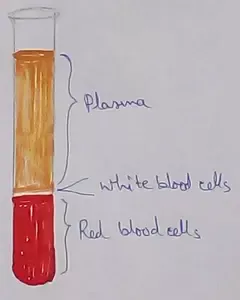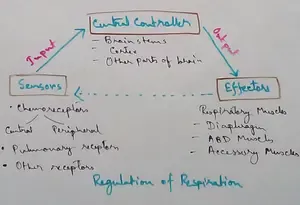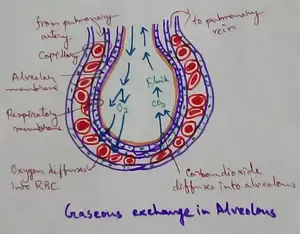Worksheet on Changes in the World Around Us
Worksheet on changes in the world around us contains the different types of questions on what changes we can see in day-to-day life in living things and non-living things.
Read the concept to answers the questions on changes in the world around us.
1. Which of these solids will melt?
(i) ice-cream
(ii) wood
(iii) paper
(iv) eraser
2. What happens when you put water into the freezer?
(i) It remains as water.
(ii) It becomes warm.
(iii) It becomes cold water.
(iv) It changes into ice.
3. Which of these will not turn into ash when burnt?
(i) Paper
(ii) Matchstick
(iii) Cotton handkerchief
(iv) Rubber band
4. Write one set of words on each line to make complete sentences below:
melts, becomes hard, changes its size, become smaller, becomes soft,
changes its shape, change color, become bigger, looks different, changes its taste
(i) When a vegetable is cooked, it _______________.
(ii) As a fruit ripens it may _______________.
(iii) When an egg is boiled for a long time it _______________.
(iv) When paper burns it will _______________.
(v) When a potato is boiled it _______________.
(vi) When rice is cooked it _______________ and _______________ also
(vii) As you use a cake of soap, it wall _______________.
(viii) When ghee is heated, it _______________.
(ix) When you blow into a balloon it will _______________.
(x) When a rubber band is pulled, it will _______________.
5. Make sentences like these:
(i) I used to be a bud, but now I am a ___________.
(ii) I used to be a caterpillar, but now I am a ___________.
(iii) I used to be a kitten, but now I am a ___________.
(iv) I used to be a pup, but now I am a ___________.
Check the answers of worksheet on changes in the world around us:
Answers:
1. (i) ice-cream
2. (iv) It changes into ice.
3. (iv) Rubber band
5. (i) flower
(ii) butterfly
(iii) cat
(iv) dog
From Worksheet on Changes in the World Around Us to HOME PAGE
Recent Articles
-
What Is Plasma? | Blood Plasma | Proteins | Nutrients | Cholesterol
Nov 07, 25 10:29 AM
Blood is a mobile fluid which is a connective tissue and is derived from the mesoderm like cell any other connective tissue. Colour of blood is reddish and that flows inside the blood vessels by means… -
Disorders of Respiratory System | Tuberculosis | Pleurisy | Emphysema
Oct 28, 25 11:39 PM
Tuberculosis is very common disease and is caused by a type of bacteria called Mycobacterium tuberculosis. This disease causes different trouble in the respiration and infection of several parts of th… -
Regulation of Respiration | Respiratory Centres | Inspiratory Area |
Oct 14, 25 12:13 AM
Respiratory Centre is the area that controls the rate of respiration and it is observed to be located in medulla oblongata and pons. Respiratory Centre has the following will dispersed components like… -
Explain Transport of Gases | External Respiration | Tissue Respiration
Oct 09, 25 11:35 PM
In humans gaseous exchange is completed in the following ways the steps are - External Respiration or Breathing - Breathing in false taking in of Oxygen and giving out of carbon dioxide in the body. M… -
Kind and Number of Teeth | Location of Teeth in Mouth | Care of Teeth
Sep 11, 25 12:52 AM
Kind and Number of Teeth





New! Comments
Have your say about what you just read! Leave me a comment in the box below.